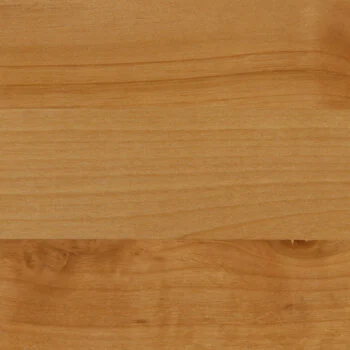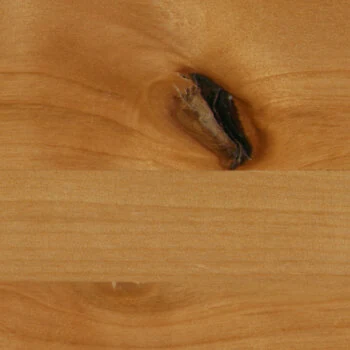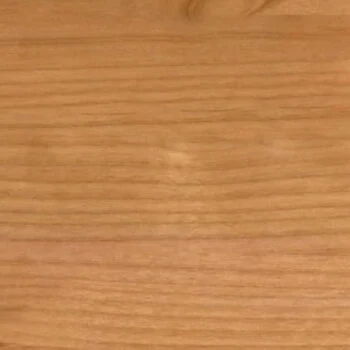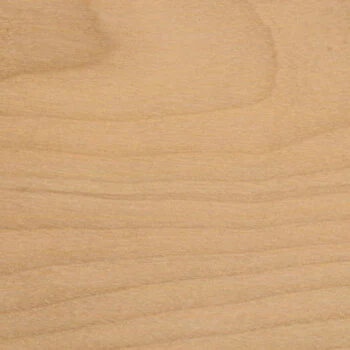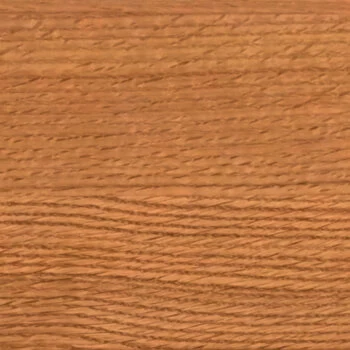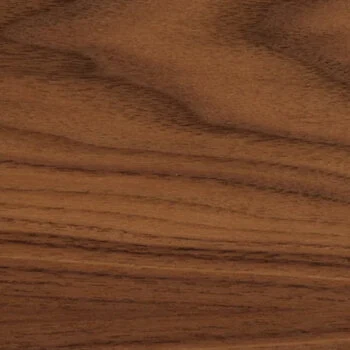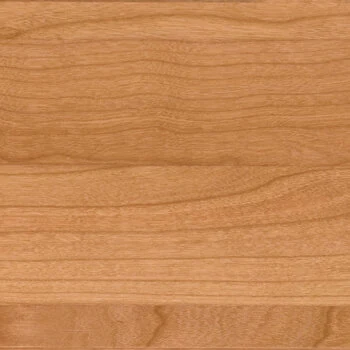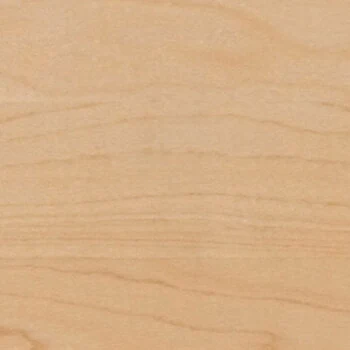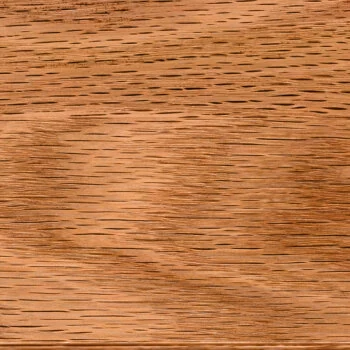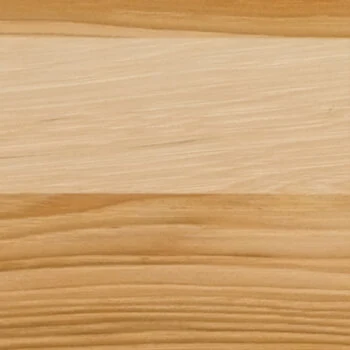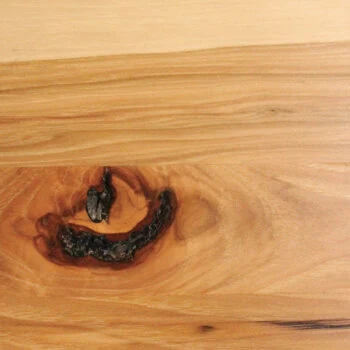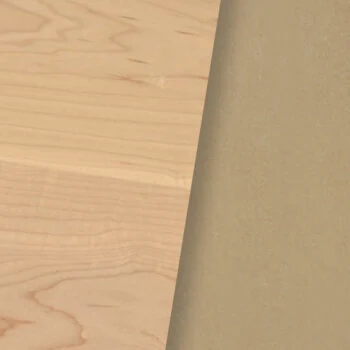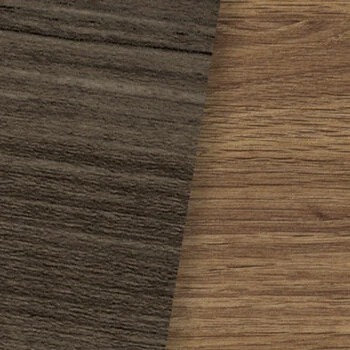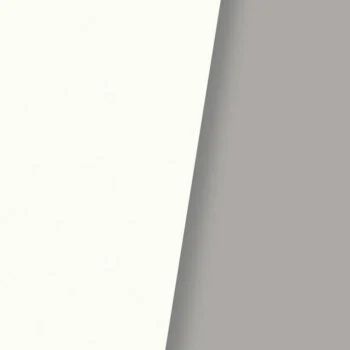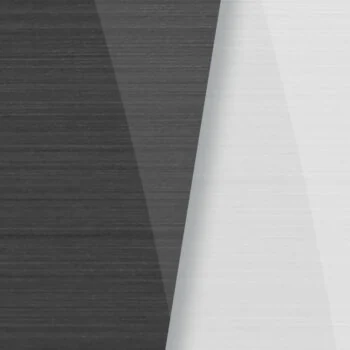Wood Species
Contemporary Materials
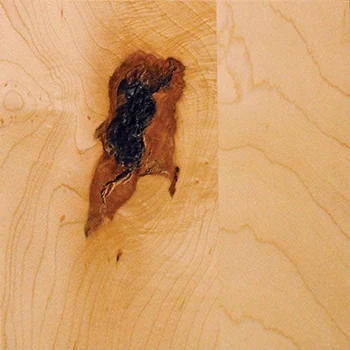
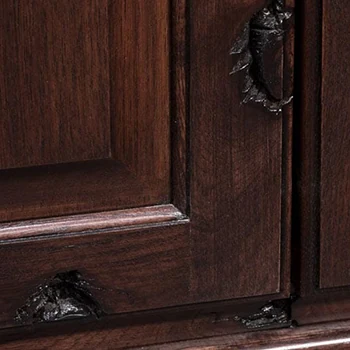
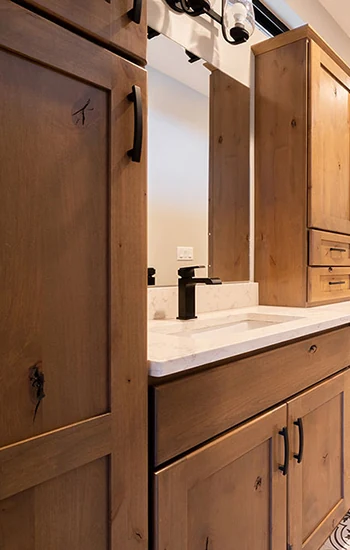
That’s Not All
Discover More Rustic Wood Options
Additional Rustic wood options and distressed finishes are also available.
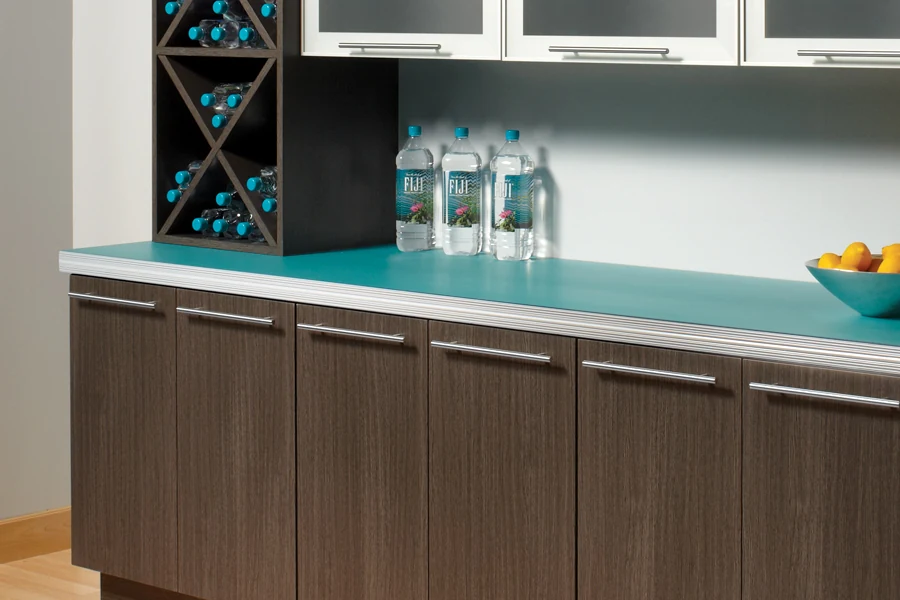
Textured & Solid Laminates
High-Pressure Laminate Cabinets
Are you looking for a unique, contemporary material with countess color and texture options? Look no further; Bertch’s Laminate program offers a sleek, modern laminate cabinetry look; consider Bertch’s Solitaire door style with beautiful and durable high-pressure laminates in a wide assortment of stunning solid colors and woodgrain textures from the popular laminate makers, WilsonArt®, Formica®, Nevamar®, Interlam, Pionite®, and more. Contact your local Bertch dealer to learn more, get a quote, and see samples.
